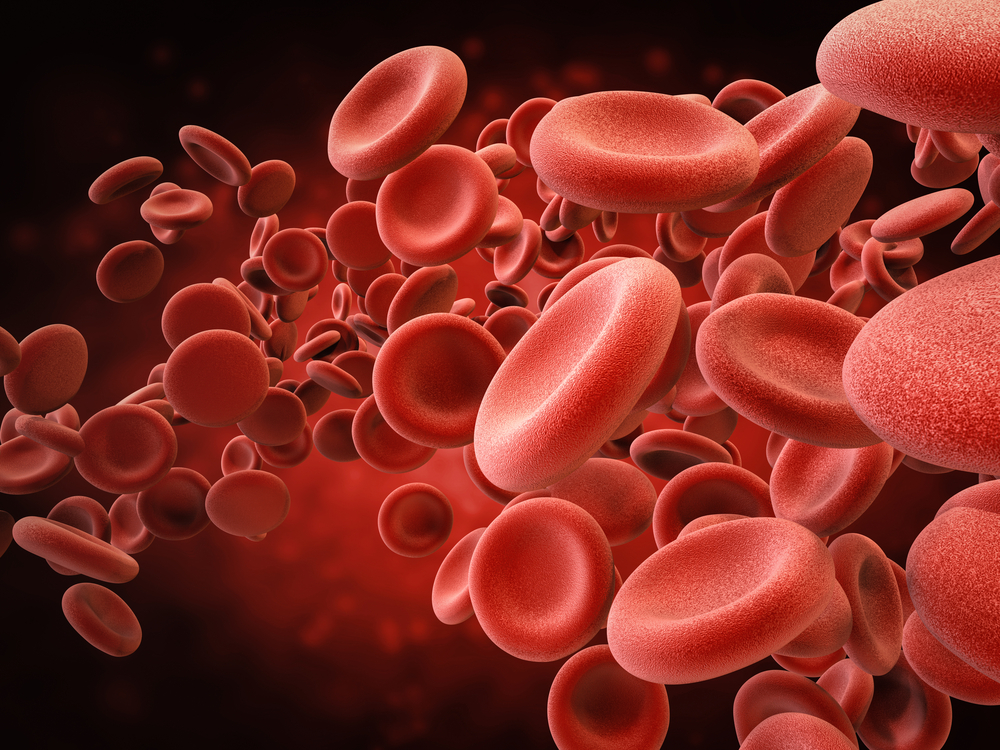AAV Patients Have Greater Risk for Cardiovascular Disease, Venous Thromboembolism, Study Finds
Written by |

Patients with ANCA-associated vasculitis carry a threefold higher risk for cardiovascular disease, and a eightfold greater risk for cerebrovascular accidents, compared to the general population, a long-term study shows.
The study, “Risk of Cardiovascular Disease and Venous Thromboembolism Among Patients With Incident ANCA-Associated Vasculitis: A 20-Year Population-Based Cohort Study,” was published in Mayo Clinic Proceedings.
Antineutrophil cytoplasmic antibodies (ANCA)-associated vasculitis (AAV) are a group of systemic diseases characterized by blood vessel inflammation. Studies have suggested that the accelerated atherosclerosis in these patients puts them at greater risk for cardiovascular diseases. But other studies have reported no differences compared to the general population, or even a lower risk for certain cardiovascular events.
So, researchers at the Mayo Clinic investigated the risk for cardiovascular disease and venous thromboembolism (VTE) — blood clots that form in the deep veins of the leg and can break loose and travel in the blood — in patients with newly diagnosed AAV.
They analyzed 58 AAV patients diagnosed between 1996 and 2015 in Olmsted County, Minnesota. Also, for each patient, the study included three age- and sex-matched non-AAV controls.
Researchers reviewed the medical records of both AAV patients and controls for cardiovascular events – including coronary artery disease, heart failure, and atrial fibrillation – cerebrovascular accidents, peripheral vascular disease (PVD), and VTE, which included deep vein thrombosis and pulmonary embolism.
Results showed that patients with AAV are three times more likely to have cardiovascular disease compared with the general population. After adjusting for baseline risk factors, AAV patients had a fourfold increased risk and also were six times more likely to develop deep vein thrombosis.
The risk for cardiovascular disease was especially high during the first two years after diagnosis, gradually declining thereafter.
Factors associated with the higher risk included older age, as well as obesity, diabetes and an abnormal amount of lipids — risk factors for cardiovascular disease — that “need to be aggressively treated in these high-risk patients,” researchers wrote.
Contrary to previous studies, the risk for myocardial infarction in these patients was not elevated.
The incidence of cerebrovascular accidents also was markedly increased — eight times higher — in patients with AAV compared to the general population. This was driven by ischemic strokes (when the arteries to the brain become narrowed or blocked).
“For the clinician and patient, active vigilance for any CVD [cardiovascular disease] and VTE [venous thromboembolism], and an aggressive treatment of CVD risk factors is recommended, especially in the first years after diagnosis of AAV,” the study concluded.





